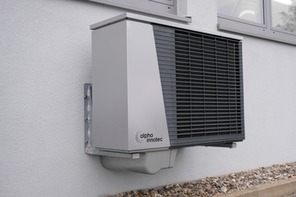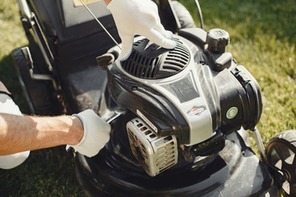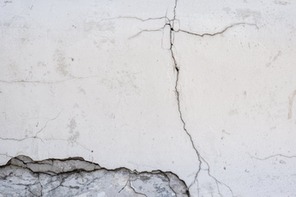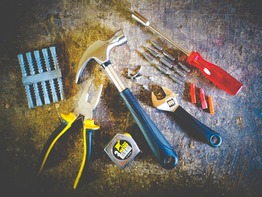- Local.Repair
- Blog
- DIY Home Repairs: A Beginner's Guide
DIY Home Repairs: A Beginner's Guide

DIY home repairs can be a great way to save money and learn new skills while improving the functionality and appearance of your living space. Whether you are a new homeowner or simply looking to become more self-sufficient around the house, this beginner's guide will provide you with the knowledge and tools you need to tackle common household repairs on your own.
Essential Tools for Beginners
Before you start any DIY home repair project, it is important to have the right tools on hand. Some essential tools for beginners include a screwdriver set, hammer, pliers, tape measure, adjustable wrench, utility knife, and a level. It's also a good idea to invest in a basic toolkit that includes various sizes of screws, nails, and other fasteners, as well as a stud finder for locating wall studs.
Fixing Leaky Faucets and Pipes
One of the most common household repairs is fixing leaky faucets and pipes. To fix a leaky faucet, start by turning off the water supply to the faucet, then disassemble the faucet to find the source of the leak. Replace any worn out washers or O-rings, and reassemble the faucet. For leaky pipes, you may need to tighten loose fittings or replace damaged pipe sections with a pipe wrench.
How to Patch Drywall Holes
Patching drywall holes is another common DIY repair that can easily be done by beginners. Start by cleaning the area around the hole and applying a patching compound with a putty knife. Smooth out the compound and let it dry before sanding it down and painting over it to match the rest of the wall.
Easy Steps for Painting a Room
Painting a room is a relatively simple DIY project that can completely transform the look and feel of your space. Start by preparing the walls by filling in any holes or cracks with spackle, then sanding them down to create a smooth surface. Use painter's tape to protect trim and edges, and apply a primer before painting the walls with your chosen color.
Replacing a Light Fixture
Replacing a light fixture is a great beginner DIY project that can instantly update the look of a room. Start by turning off the power to the fixture at the circuit breaker, then remove the old fixture and disconnect the wires. Install the new fixture according to the manufacturer's instructions, making sure to securely tighten all connections before turning the power back on.
Unclogging Drains
Unclogging drains is a common household repair that can be easily done with a few simple tools. Start by removing any visible debris from the drain using a snake or plunger, then pour boiling water down the drain to help break up clogs. For stubborn clogs, you may need to use a chemical drain cleaner or call a professional plumber.
Repairing Cracked Tiles
Cracked tiles can be unsightly and pose a hazard in your home. To repair cracked tiles, start by cleaning the area around the crack and removing any loose pieces. Apply a tile adhesive to the cracked area and press the pieces back together. Let the adhesive dry before sealing the crack with grout to match the rest of the tile.
Basic Electrical Repairs
Basic electrical repairs, such as replacing a light switch or outlet, can be easily done by beginners with the right tools and precautions. Always turn off the power to the area you are working on at the circuit breaker, and use a voltage tester to make sure the power is off before touching any wires. Follow the manufacturer's instructions for installing the new switch or outlet, and always double check your work before turning the power back on.
Troubleshooting Common Plumbing Issues
Common plumbing issues like a running toilet or low water pressure can often be tackled by DIY homeowners. For a running toilet, check the flapper and fill valve for any wear or damage, and replace them if necessary. Low water pressure can be caused by mineral buildup in the faucet aerator, which can be cleaned or replaced to improve water flow.
===
With the knowledge and tips provided in this beginner's guide to DIY home repairs, you can tackle common household issues with confidence and save money on professional services. Remember to always prioritize safety first, follow manufacturer's instructions, and know when to call a professional for complex repairs. Happy repairing!




